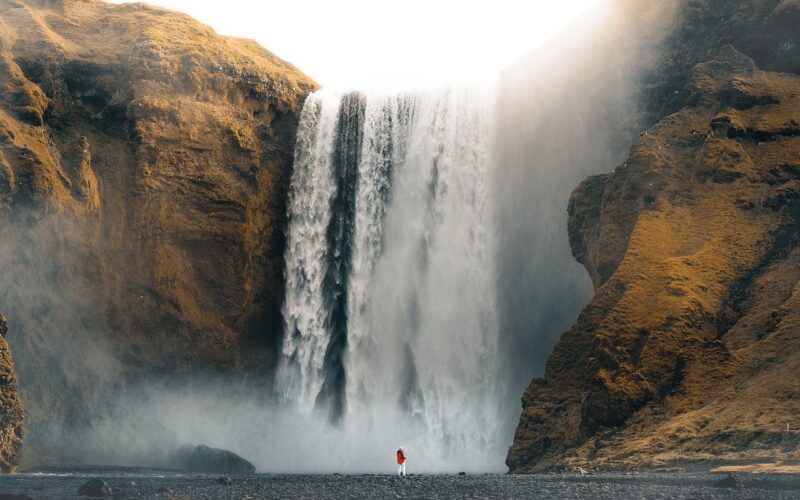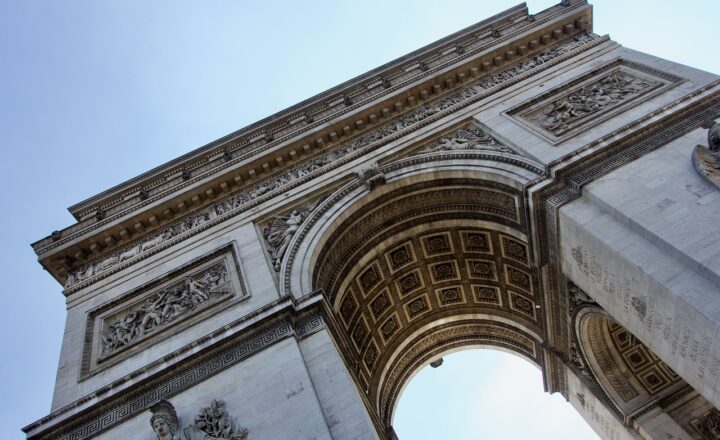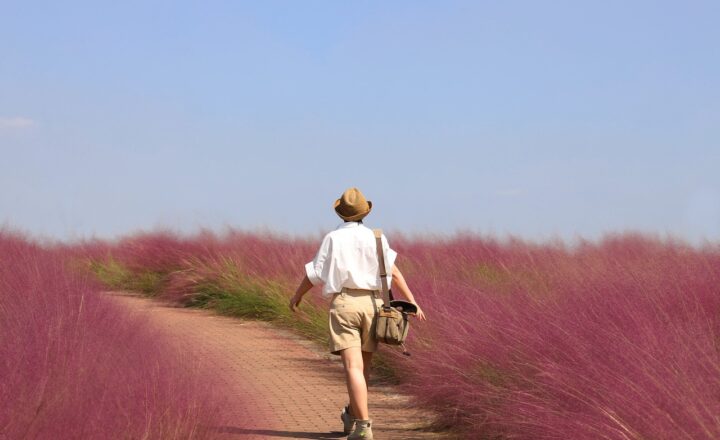The Most Spectacular Waterfalls in the World and Their Natural Histories
November 16, 2024

Waterfalls have fascinated humanity for centuries, captivating our imaginations with their breathtaking beauty and the thunderous roar of cascading water. These natural wonders are more than just scenic spots for photographs; they have intricate histories shaped by geologic transformations, weather patterns, and ecological balance. In this article, we will explore some of the world’s most spectacular waterfalls, uncover their unique features, and delve into their natural histories.
1. Angel Falls, Venezuela
Standing tall at an impressive 3,212 feet, Angel Falls is the tallest uninterrupted waterfall in the world. Located in Venezuela’s Canaima National Park, the falls are named after Jimmy Angel, an American aviator who was the first to fly over them in 1933.
**Natural History:**
Angel Falls cascades over the edge of the Auyán-tepui mountain, part of the Pakaraima Mountain range. This tepui, along with others in the region, is essentially a flat-topped mountain that formed over 1.5 billion years ago. The unique geology of the area has led to the formation of numerous waterfalls as rivers erode the softer sandstone layer beneath.
**Did You Know?**
Due to the remote location of Angel Falls, it is surrounded by diverse ecosystems, including tropical rainforests and the unique flora and fauna found nowhere else on Earth.
2. Iguazu Falls, Argentina/Brazil
Iguazu Falls is a collection of over 275 individual waterfalls, stretching across the border of Argentina and Brazil. The falls form one of the largest waterfall systems in the world and are recognized as a UNESCO World Heritage site.
**Natural History:**
The Iguazu River creates these waterfalls as it drops over a series of basaltic cliffs. The continuous erosion of the rock has led to stunning views and varies the height and flow of the falls. The diverse habitat around Iguazu Falls is crucial for maintaining the region’s biodiversity.
**Did You Know?**
The name ‘Iguazu’ comes from the indigenous Guarani language, meaning “great water,” reflecting the local heritage that thrives in the surrounding natural landscapes.
Victoria Falls, Zambia/Zimbabwe
Victoria Falls is another jewel among the world’s waterfalls, spanning 5,604 feet across and plunging 354 feet into the Zambezi River gorge, making it one of the largest and most famous waterfalls globally.
**Natural History:**
Formed from hardened lava beds, the falls are the result of geological shifts millions of years ago. The Zambezi River flows powerfully over these ancient beds, creating an awe-inspiring spectacle, especially during the rainy season.
**Did You Know?**
Victoria Falls holds local myths associated with its name, with ‘Mosi-oa-Tunya’ translating to ‘the smoke that thunders’ in the indigenous Tonga language, referencing the mist and sound generated by the falls.
Yosemite Falls, USA
Yosemite Falls is the tallest waterfall in North America, with a total drop of 2,425 feet. Located in California’s Yosemite National Park, this iconic waterfall is a must-see for visitors.
**Natural History:**
The falls result from glacial activity, with the melting waters from the Sierra Nevada mountains feeding into the waterfall. The geological formations of granite cliffs contribute to its dramatic landscape. Yosemite Falls typically flows vigorously in the spring due to snowmelt, providing a stunning sight.
**Did You Know?**
The area around Yosemite Falls has a rich biodiversity, with different habitats ranging from oak woodlands to alpine meadows, supporting various wildlife throughout the year.
Plitvice Lakes, Croatia
Plitvice Lakes is not just a waterfall; it is part of a national park renowned for its interconnected lakes and numerous waterfalls, creating a stunning landscape that is both tranquil and dramatic.
**Natural History:**
Formed by the erosion of limestone, the travertine barriers hold the lakes and form the spectacular waterfalls of Plitvice. Over thousands of years, the combination of water’s flow and the lush vegetation has created a unique ecosystem.
**Did You Know?**
The park is a UNESCO World Heritage site and is home to diverse wildlife, including many rare and endangered species, enhancing its ecological importance.
Final Thoughts
Waterfalls are natural wonders that reveal stories of geological transformation and ecological balance. Each waterfall we’ve explored not only captivates with its beauty but also carries unique histories and the ongoing stories of the ecosystems that surround them. Catastrophic natural forces shape our planet, and waterfalls serve as reminders of the dynamic processes that continue to transform our world.
Whether you’re planning future travels or exploring water’s power through photography, the world’s waterfalls are essential to our planet’s beauty and diversity. Embrace the call of nature and seek out these stunning spectacles in their extraordinary locations.
With so many waterfalls around the globe just waiting to mesmerize visitors, the next time you hear the roar of cascading water, take a moment to appreciate not only the beauty before you but the incredible natural history that has shaped it.







